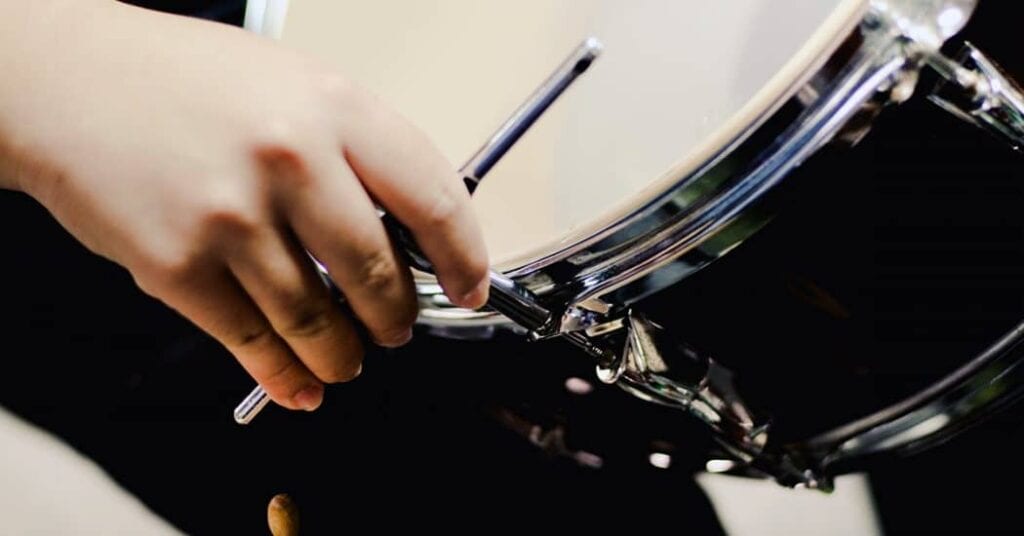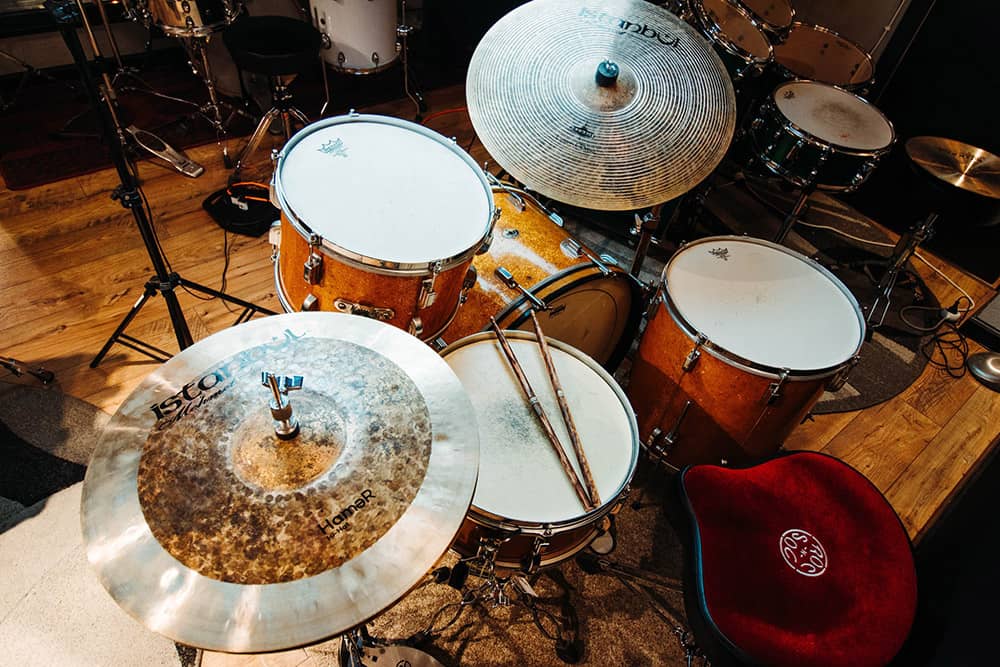Why is it Important to Tune Your Drums?
Tuning your drums is essential for several reasons. First and foremost, it directly impacts the sound quality. A well-tuned drum resonates with a clearer, more defined tone, which is vital for both live performances and studio recordings. Consistency is another key factor.
Regular tuning ensures your drums maintain a consistent sound, integral for the overall quality of your music. It also affects playability. Properly tuned drums are more responsive, making them easier and more enjoyable to play.
Lastly, tuning provides versatility. Different musical styles often call for different drum sounds, and tuning allows you to adapt your drums to suit various genres.
How Often Should You Tune Your Floor Tom?
The frequency of tuning your floor tom depends on how often you play, environmental changes, and any noticeable alterations in sound. For regular players, tuning every few weeks is a good rule of thumb.
If you play less frequently, tuning every couple of months might suffice. Be mindful of changes in humidity and temperature, as these can impact the tension of your drum heads.
Also, always check and potentially retune your drums before performances or recording sessions to ensure optimal sound quality.
Why Do Drums Go Out of Tune?
Drums can go out of tune for several reasons. Environmental factors like temperature and humidity changes are common culprits, causing drum heads to expand or contract.
The regular impact from playing and the vibrations can gradually loosen tension rods, altering the tuning. Additionally, drum heads can lose their elasticity over time, affecting their tension and pitch.
Finally, improper or uneven tuning can lead to more frequent detuning. Understanding these factors can help you maintain your drum’s tune and ensure a consistently high-quality sound.


